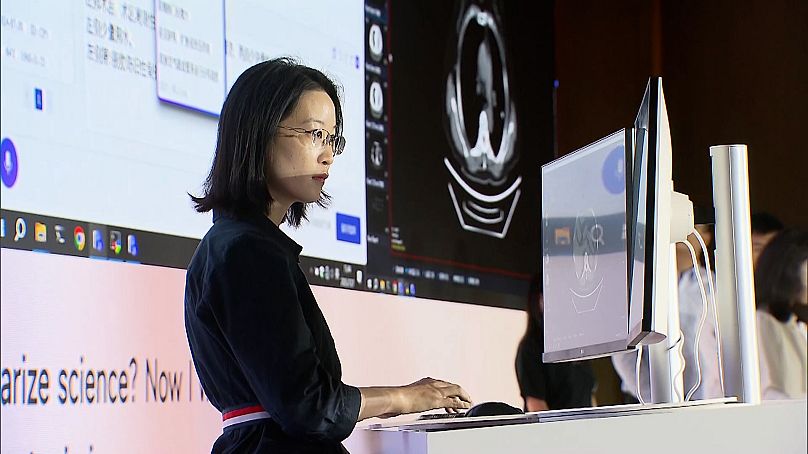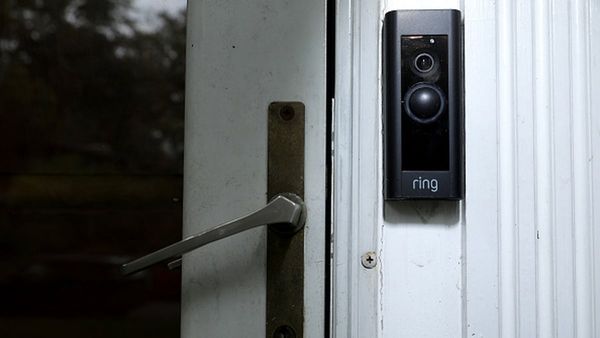A face-off between humans and machines drew crowds at the World AI Conference in Shanghai, where radiologists went head-to-head with artificial intelligence in a live competition.
The AI-Human Synergy Competition featured six top radiologists from Zhongshan Hospital, split into two teams: the “AI Collaboration Group" that had a helping hand from an AI system, and the “Manual Group” which relied solely on their personal expertise.
Both teams were presented with the same chest x-ray cases and asked to analyse and report their findings live.
Who won the showdown: Doctors or AI?
Although the AI-assisted team worked faster, they missed some important diagnoses, and the human team was able to identify conditions the AI group missed. According to experts, the human report was also more readable, with a warmer tone and better overall structure.
"I noticed our senior physicians carefully adjusted the structure of the report," said Wang Yi, director of the radiology department at Peking University People's Hospital.
"They made it into a coherent report with clear internal logic, unlike the AI-generated version where each item was listed separately".

"In terms of time, AI is definitely faster. Accuracy is roughly comparable, but I have to say the manual group feels warmer and more empathetic," said Zeng Mengsu, director of radiology and chief of diagnostic radiology at Zhongshan Hospital.
"Both cases involved ‘annual follow-ups,’ yet the doctor group without AI assistance also provided personalised recommendations – such as follow-up ultrasounds or revisits within 6 to 12 months," Mengsu added.
Is this the future of medical diagnostics?
The technology used in the showdown was the “One-Scan-for-All” chest system, co-developed by Zhongshan Hospital and Shanghai United Imaging Medical Technology.
Unlike conventional models that focus on detecting a single disease, this system is currently capable of identifying 73 common thoracic abnormalities in one scan, from pulmonary nodules and emphysema to fractures and coronary artery calcifications.
"Its current accuracy rate is around 85 per cent, and we aim to raise that to 95 per cent in the future – I’m confident we’ll get there," Zeng explained the event.
"Ultimately, we hope to double the work efficiency of radiologists through this technology".
The team behind the AI also has broader ambitions beyond just focusing exclusively on lung-related issues.
Zhou Xiang, co-founder and co-CEO of United Imaging Intelligence, said the group is working on a brain MRI programme with the goal of having one scan for multiple health issues.
"So far, we've covered over 30 diseases and are now expanding into orthopedics, ultrasound, and abdominal imaging," Xiang said.
The showdown in Shanghai comes amid a wave of breakthroughs in AI medical diagnostics. Microsoft recently announced that its latest AI tool outperformed doctors in a study involving complex medical cases.
Tested against 21 experienced physicians from the United Kingdom and United States, the system correctly diagnosed up to 85.5 per cent of patient cases - roughly four times more than the group of doctors.
The model was also cheaper than human doctors, ordering fewer scans and tests to reach the correct diagnosis, the analysis found. While the company isn’t suggesting AI will replace doctors, it believes these systems could dramatically improve speed, accuracy, and personalisation in health care.







